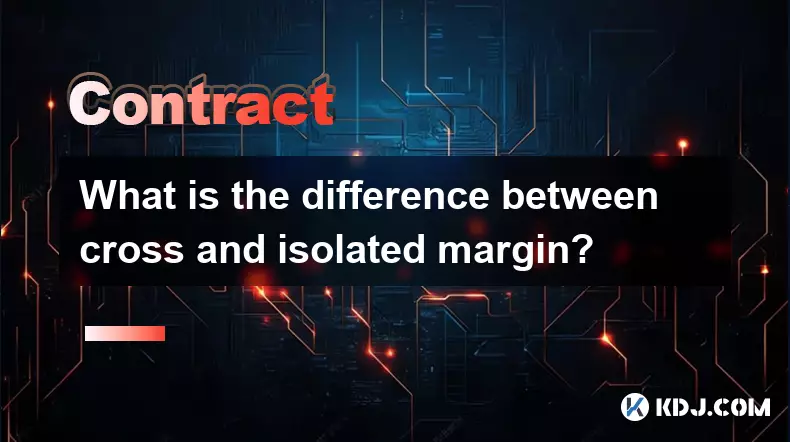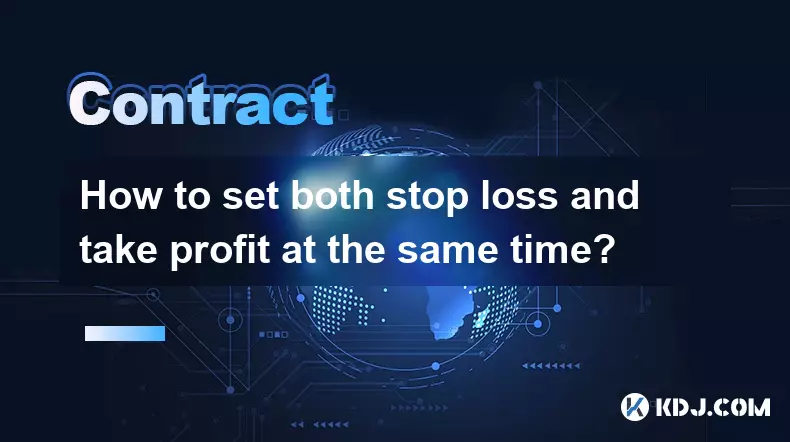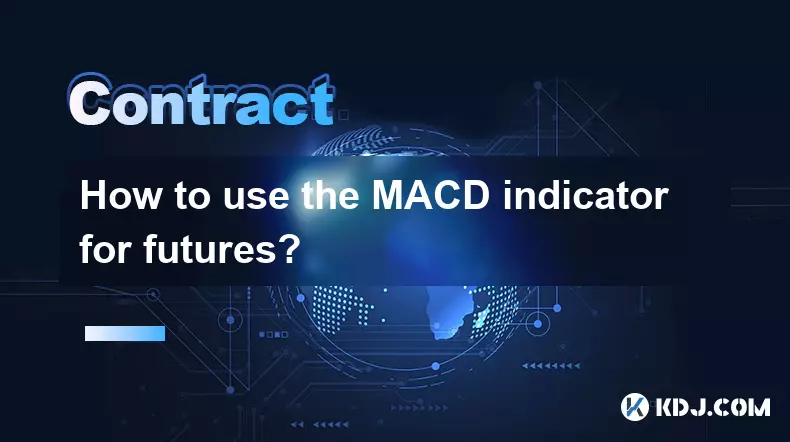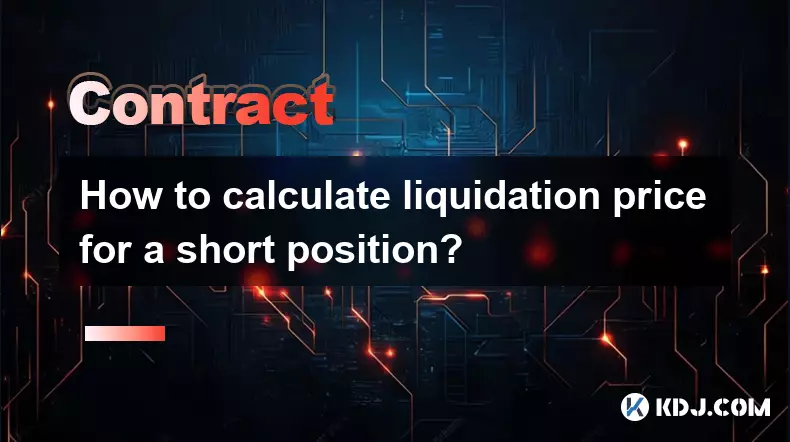-
 Bitcoin
Bitcoin $111100
0.71% -
 Ethereum
Ethereum $4298
0.48% -
 XRP
XRP $2.871
2.04% -
 Tether USDt
Tether USDt $0.0000
-0.03% -
 BNB
BNB $882.1
2.31% -
 Solana
Solana $206.1
2.72% -
 USDC
USDC $0.0000
0.03% -
 Dogecoin
Dogecoin $0.2271
5.03% -
 TRON
TRON $0.3306
5.37% -
 Cardano
Cardano $0.8324
1.53% -
 Hyperliquid
Hyperliquid $47.14
1.82% -
 Chainlink
Chainlink $22.37
0.43% -
 Ethena USDe
Ethena USDe $1.001
-0.02% -
 Sui
Sui $3.384
1.21% -
 Bitcoin Cash
Bitcoin Cash $603.7
1.48% -
 Stellar
Stellar $0.3596
0.61% -
 Avalanche
Avalanche $24.64
0.99% -
 Hedera
Hedera $0.2191
1.59% -
 Cronos
Cronos $0.2624
-1.85% -
 UNUS SED LEO
UNUS SED LEO $9.538
-0.40% -
 Litecoin
Litecoin $114.5
1.93% -
 Toncoin
Toncoin $3.093
0.82% -
 Shiba Inu
Shiba Inu $0.00001243
1.15% -
 Polkadot
Polkadot $3.986
4.13% -
 Uniswap
Uniswap $9.362
0.15% -
 World Liberty Financial
World Liberty Financial $0.2255
4.47% -
 Dai
Dai $0.9998
-0.01% -
 Ethena
Ethena $0.7402
0.63% -
 Monero
Monero $271.3
0.62% -
 Aave
Aave $300.7
0.53%
What is the difference between cross and isolated margin?
Cross margin uses your entire account as collateral, offering flexibility but risking total loss, while isolated margin limits risk to a set amount per trade.
Sep 08, 2025 at 04:37 am

Cross Margin: How It Works in Crypto Trading
1. Cross margin uses the entire balance of a trader’s account as collateral for all open positions. This means that every asset held in the account contributes to maintaining margin requirements across all trades.
2. When liquidation risk increases on one position, the system automatically allocates available funds from other assets to prevent a margin call. This provides a buffer that can help sustain leveraged positions during volatile market swings.
3. Traders benefit from increased flexibility, especially when managing multiple positions simultaneously. The shared pool of funds reduces the likelihood of isolated position liquidations due to temporary price dips.
4. However, the interconnected nature of cross margin introduces systemic risk. A sharp downturn in one highly leveraged trade can deplete the entire account balance, affecting all other positions regardless of their individual performance.
5. This model is best suited for experienced traders who maintain a diversified portfolio and closely monitor overall account health. It demands constant attention to net equity and margin utilization across all open trades.
Isolated Margin: Precision and Control
1. Isolated margin assigns a fixed amount of collateral to a specific trading position. Only the designated funds are at risk, and losses are capped at that amount even if the market moves drastically against the trade.
2. Traders have full control over leverage levels and margin allocation per position. This allows for strategic risk management, particularly when experimenting with high-leverage setups on volatile assets.
3. If a position reaches its liquidation price, only the allocated margin is lost. Other positions and the rest of the account balance remain untouched, preserving capital for future opportunities.
4. The downside is reduced flexibility. Without automatic access to additional funds, a position may be liquidated prematurely during short-term volatility, even if the overall account has sufficient equity to sustain it.
5. This mode appeals to traders who prioritize risk containment and prefer to isolate exposure. It supports disciplined trading by enforcing predefined limits on capital allocation.
Key Differences in Risk and Flexibility
1. Cross margin spreads risk across the entire account, while isolated margin confines it to individual positions. This distinction shapes how traders approach leverage and position sizing.
2. In cross margin, a single losing trade can trigger a cascade effect, potentially wiping out the entire balance. Isolated margin prevents this by ring-fencing each trade’s financial impact.
3. Cross margin adapts dynamically to market conditions, using available equity to support struggling positions. Isolated margin remains rigid, requiring manual intervention to adjust collateral or leverage.
4. Traders using isolated margin must actively manage stop-losses and margin levels. Cross margin systems handle some of this automatically, though at the cost of broader exposure.
5. The choice between models often reflects a trader’s risk appetite. Aggressive strategies may favor cross margin for its resilience, while conservative approaches lean toward isolation for its predictability.
Frequently Asked Questions
Can I switch between cross and isolated margin during an active trade?Most exchanges do not allow switching modes once a position is open. The margin type must be selected before entering the trade and remains fixed until closure.
Does isolated margin support higher leverage than cross margin?Leverage limits depend on the exchange and asset pair, not the margin mode. However, isolated margin allows precise control over leverage per position, enabling traders to apply maximum allowable leverage selectively.
What happens to unrealized profits in isolated margin when a position is liquidated?Unrealized gains are forfeited upon liquidation. Only the initial margin is considered at risk, and any accrued profits vanish if the price hits the liquidation threshold before closing the position manually.
Are funding fees calculated differently between the two margin types?Funding fees are determined by the perpetual contract mechanism and are independent of margin mode. Both cross and isolated margin positions incur the same funding rates based on time held and contract terms.
Disclaimer:info@kdj.com
The information provided is not trading advice. kdj.com does not assume any responsibility for any investments made based on the information provided in this article. Cryptocurrencies are highly volatile and it is highly recommended that you invest with caution after thorough research!
If you believe that the content used on this website infringes your copyright, please contact us immediately (info@kdj.com) and we will delete it promptly.
- Bitcoin Core, Censorship Resistance, and Open Letters: A New York Minute on the Crypto Tug-of-War
- 2025-09-08 08:25:11
- Solana Price Soars: ETF Catalyst and Retail Flow Ignite SOL Rally
- 2025-09-08 06:25:13
- Bitcoin, Ethereum, and Token Performance: Can They Outpace FAANG?
- 2025-09-08 07:05:12
- Bitcoin Cash Soars as Ethereum Stumbles: A Crypto Market Rollercoaster
- 2025-09-08 07:25:14
- Hedera Hashgraph: Bullish Potential Brewing Amid Consolidation?
- 2025-09-08 07:10:12
- Crypto Investors Eye Layer Brett: The 'New Pepe' with Real Utility?
- 2025-09-08 07:30:12
Related knowledge

How to set both stop loss and take profit at the same time?
Sep 06,2025 at 04:36pm
Understanding Simultaneous Stop Loss and Take Profit Orders1. Placing both stop loss and take profit orders at the same time is a standard practice in...

What is copy trading for crypto futures?
Sep 07,2025 at 02:00am
What Is Copy Trading in Crypto Futures?1. Copy trading in crypto futures allows investors to automatically replicate the trades of experienced traders...

How to use the MACD indicator for futures?
Sep 07,2025 at 09:00pm
Understanding the MACD Indicator in Futures Trading1. The MACD (Moving Average Convergence Divergence) indicator is a momentum oscillator widely used ...

What to do if you are about to be liquidated?
Sep 06,2025 at 01:00am
Understanding Liquidation in the Crypto Market1. Liquidation occurs when a trader’s margin balance falls below the required maintenance margin, forcin...

How to calculate liquidation price for a short position?
Sep 08,2025 at 03:54am
Understanding the Basics of Short Position Liquidation1. A short position in the cryptocurrency market involves borrowing an asset and selling it imme...

What is an insurance fund on crypto exchanges?
Sep 06,2025 at 03:36pm
Understanding the Role of Decentralized Exchanges in Modern Cryptocurrency Trading1. Decentralized exchanges (DEXs) have emerged as a cornerstone of t...

How to set both stop loss and take profit at the same time?
Sep 06,2025 at 04:36pm
Understanding Simultaneous Stop Loss and Take Profit Orders1. Placing both stop loss and take profit orders at the same time is a standard practice in...

What is copy trading for crypto futures?
Sep 07,2025 at 02:00am
What Is Copy Trading in Crypto Futures?1. Copy trading in crypto futures allows investors to automatically replicate the trades of experienced traders...

How to use the MACD indicator for futures?
Sep 07,2025 at 09:00pm
Understanding the MACD Indicator in Futures Trading1. The MACD (Moving Average Convergence Divergence) indicator is a momentum oscillator widely used ...

What to do if you are about to be liquidated?
Sep 06,2025 at 01:00am
Understanding Liquidation in the Crypto Market1. Liquidation occurs when a trader’s margin balance falls below the required maintenance margin, forcin...

How to calculate liquidation price for a short position?
Sep 08,2025 at 03:54am
Understanding the Basics of Short Position Liquidation1. A short position in the cryptocurrency market involves borrowing an asset and selling it imme...

What is an insurance fund on crypto exchanges?
Sep 06,2025 at 03:36pm
Understanding the Role of Decentralized Exchanges in Modern Cryptocurrency Trading1. Decentralized exchanges (DEXs) have emerged as a cornerstone of t...
See all articles

























































































